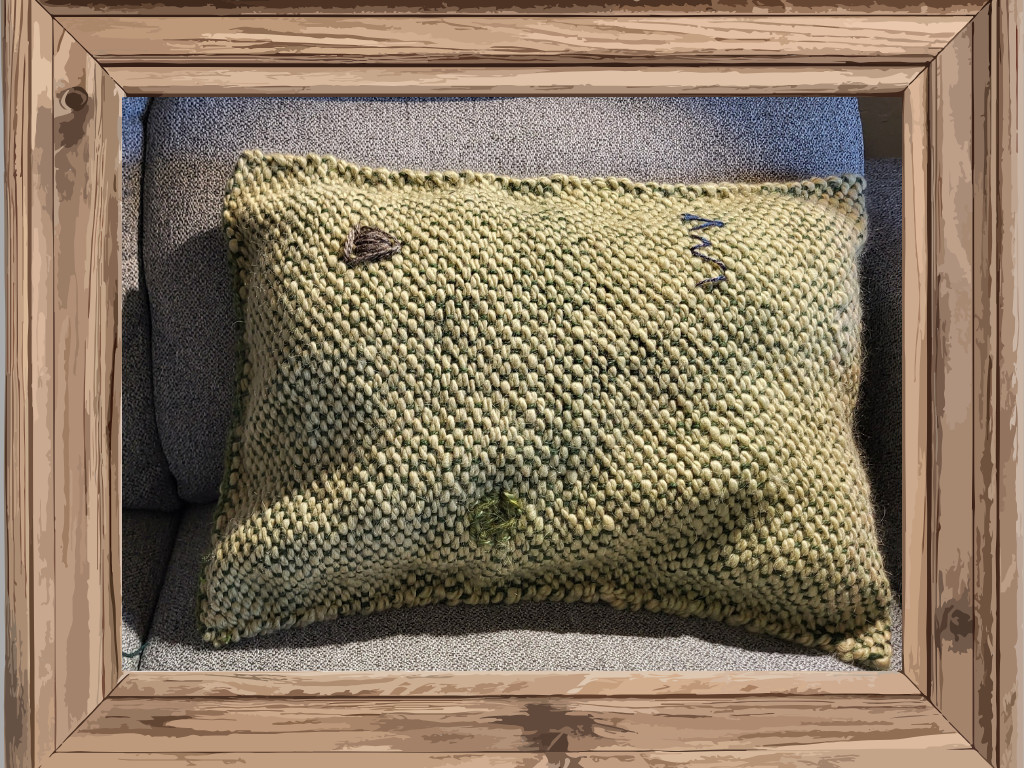This weekend, families across Central Asia and the rest of the Muslim world will celebrate Eid al-Adha or the Feast of the Sacrifice. This festival, one of the holiest holidays in the Islamic calendar, celebrates Ibrahim's willingness to sacrifice his son Ismail. It commemorates the story in the Quran of God appearing to Ibrahim – also known as Abraham – in a dream and commanding him to sacrifice his son as an act of obedience. But, just as Ibrahim attempts to kill his son, God intervenes, and a ram is sacrificed in place of Ismail. Eid al-Adha also marks the end of the Hajj, the yearly Muslim pilgrimage to Mecca. The Eid is a public holiday in Uzbekistan, Tajikistan, and Kyrgyzstan.
To commemorate the symbolic act, those Muslim families worldwide who can afford it traditionally sacrifice a sheep, cow, goat, buffalo, or camel and share the meat with family, neighbors, and the poor during Eid al-Adha.
Eid al-Adha is the second and most prominent of the two official holidays celebrated within Islam. The first is "Eid al-Fitr," celebrated at the end of Ramadan, the Islamic month of fasting, which was celebrated in May this year. The word "Eid" means "feast" or "festival" in Arabic. The shorthand name often used for both holidays is "Eid," which can confuse non-Muslims.
Islamic festivals are based on the lunar calendar, which is around 11 days shorter than the solar calendar. This means that the dates of both Eids change each year, but Eid al-Adha is always a little over two months after Eid al-Fitr. The beginning of the festival depends on the sighting of the new moon, so countries around the world sometimes celebrate it on different days.
In Uzbekistan, Eid al-Adha is known as "Kurban Hayit," and the celebration takes place over three days. Preparations begin on the eve of the holiday when special baked goods are prepared in every Uzbek household. Most families prepare traditional pastries, including "kush-tili," "bugirsok" – fancy pastry balls, "orama," "chak-chak" – straws and nuts in sugar. In the evening, the women prepare a pre-holiday "plov" (rice pilaf) for exchange with others. The rice dish is piled into a large ceramic bowl, topped with the baked treats, and delivered to friends and neighbors.
As in other countries, Kurban Hayit in Uzbekistan begins with a special morning prayer, followed by a customary visit to the graves of loved ones, which have been tidied up in the preceding days. During the three days of Kurban Hayit, families who can afford it make a sacrifice, which in Uzbekistan has traditionally been a sheep. The meat is divided into three parts, distributed equally among relatives, the needy, and special guests.
Many local ancient traditions intertwine with the religious ones in Uzbekistan, especially during Ramadan Hayit and Kurban Hayit. Children love these holidays. There are certain toys and sweets produced and sold only in the days of Hayits: wooden and tin rattles, tin fifes and clay whistles, candy canes of various shapes and big sweet balls "bodirok" (popcorn), and a variety of kazinaki (sunflower seeds, peanut and other seed and nut brittles).
The three-day celebration is generally a joyous time in Uzbekistan and elsewhere. Families gather for meals, visit relatives and friends, and children often receive money and new clothes.
We at HoonArts wish all our Muslim friends and family in Central Asia and around the world "Eid Mubarak" (Blessed Eid).
And if any of our friends in Tajikistan, Uzbekistan, or Kyrgyzstan have some photos of local celebrations that they would be willing to share with the HoonArts community, I would love it! Unfortunately, I just didn't have the right photos for this newsletter.







Leave a comment